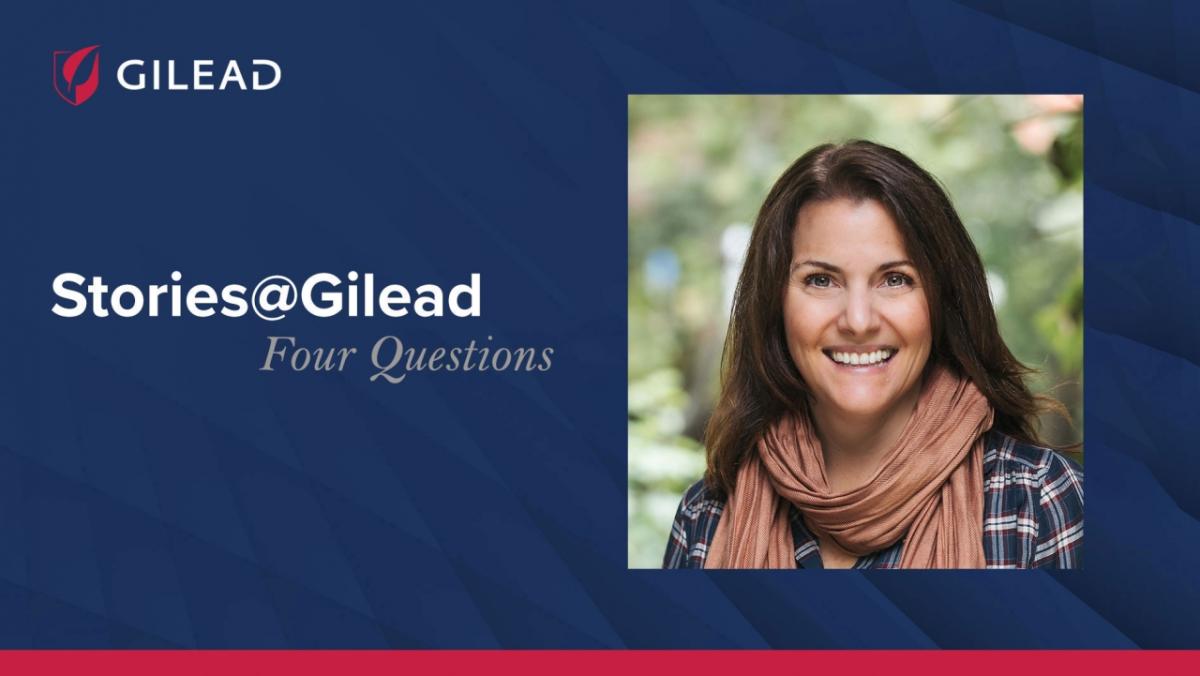Four Questions With Tracey Iraca: Combating Age-Related Disparities in Blood Cancer Treatment

Four Questions with Tracey Iraca: Combating Age-Related Disparities in Blood Ca…
Myelodysplastic syndromes, or MDS, is a rare type of blood cancer primarily affecting people over the age of 65. In fact, it’s such a rare and largely unknown illness that most people living with MDS don’t know anyone else who suffers from it. For Tracey Iraca, Executive Director of the MDS Foundation, a global advocacy organization aimed at providing support and raising awareness of the illness, the most rewarding part of her job is bringing people with MDS together and watching them connect over their shared experiences.
According to the foundation, MDS’s rarity and disproportionate impact on older people have resulted in many being misdiagnosed and undertreated. As Tracey explains here, that’s why her organization has embarked on a new initiative to combat ageism and other health disparities in blood cancer.
Q: Can you tell us more about MDS and what causes this rare blood cancer?
MDS is a bone marrow disease, also known as blood cancer, that occurs when the body doesn't produce enough healthy blood cells. Often referred to as a “bone marrow failure disorder,” typically the first time a person hears of myelodysplastic syndromes is when they or a loved one has been diagnosed. Although most myelodysplastic syndromes have no known cause, radiation and chemotherapy for cancer are among the known triggers for the development of MDS. Those who take chemotherapy drugs or who receive radiation therapy for potentially curable cancers, such as breast or testicular cancers, Hodgkin’s disease and non-Hodgkin’s lymphoma, are at risk of developing MDS for up to 10 years following treatment. Long-term exposure to certain environmental or industrial chemicals, such as benzene, can also trigger MDS.
Q: Why is MDS often underdiagnosed in the older population?
About 70% of people with MDS are over the age of 65. People in this age group with MDS are likely to have anemia, but MDS gets overlooked because anemia is a common blood ailment among older people. When an older person gets a routine blood check and something is off, that’s the time we encourage physicians to dig deeper to see if it is MDS or something else. Early diagnosis means early treatment, and that means a better prognosis – but sometimes MDS isn't caught until it turns into acute myeloid leukemia (AML), which is a dire situation. There are several different varieties of MDS including a low-risk variety, sometimes known as chronic cancer, and a more high-risk variety that is in danger of transforming to AML. Because it's a varied disease, it’s very difficult to treat and really frustrating for people who have it.
Q: How does being older impact treatment options?
The only potential cure right now for MDS is a bone marrow transplant, which isn’t an easy cure and doesn't have very good success rates. It carries a high risk for serious complications and is difficult on your body - and it can be especially problematic for older people, who often have other comorbidities or ailments. If you don't have a strong heart, for instance, you won't survive, and so most people diagnosed with MDS won't even qualify for a transplant. Other treatments include chemotherapy and immunotherapy, and our goal is to encourage people with MDS to stay fit so that they’re strong enough to manage difficult therapies. But another issue is that some physicians might discourage people from seeking treatment; they could think the treatments are too severe or the risk isn't worth extending life given the person’s age.
Q: What is the MDS Foundation doing to combat health disparities and increase awareness of this cancer?
We’re launching a new program to address health disparities in blood disorders, beginning with ageism. With the help of a grant from Gilead and others, we've created an online platform where people diagnosed with MDS can share their stories and ask questions. We believe that giving a voice to people with MDS will shed light on the many health disparities they face. The grant also helps increase representation of older people in MDS clinical trials, which is crucial to effectively managing the condition and treatment of this population. We’re also continuing to educate physicians and to encourage them to assess people with MDS not by their chronological age but by their fitness level. If a physician recommends no treatment for a patient because they're 85 but they're actually healthier than a 65-year-old, that's a missed opportunity.

